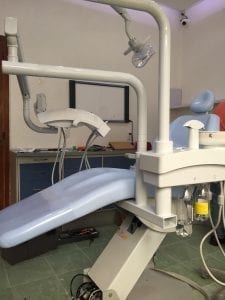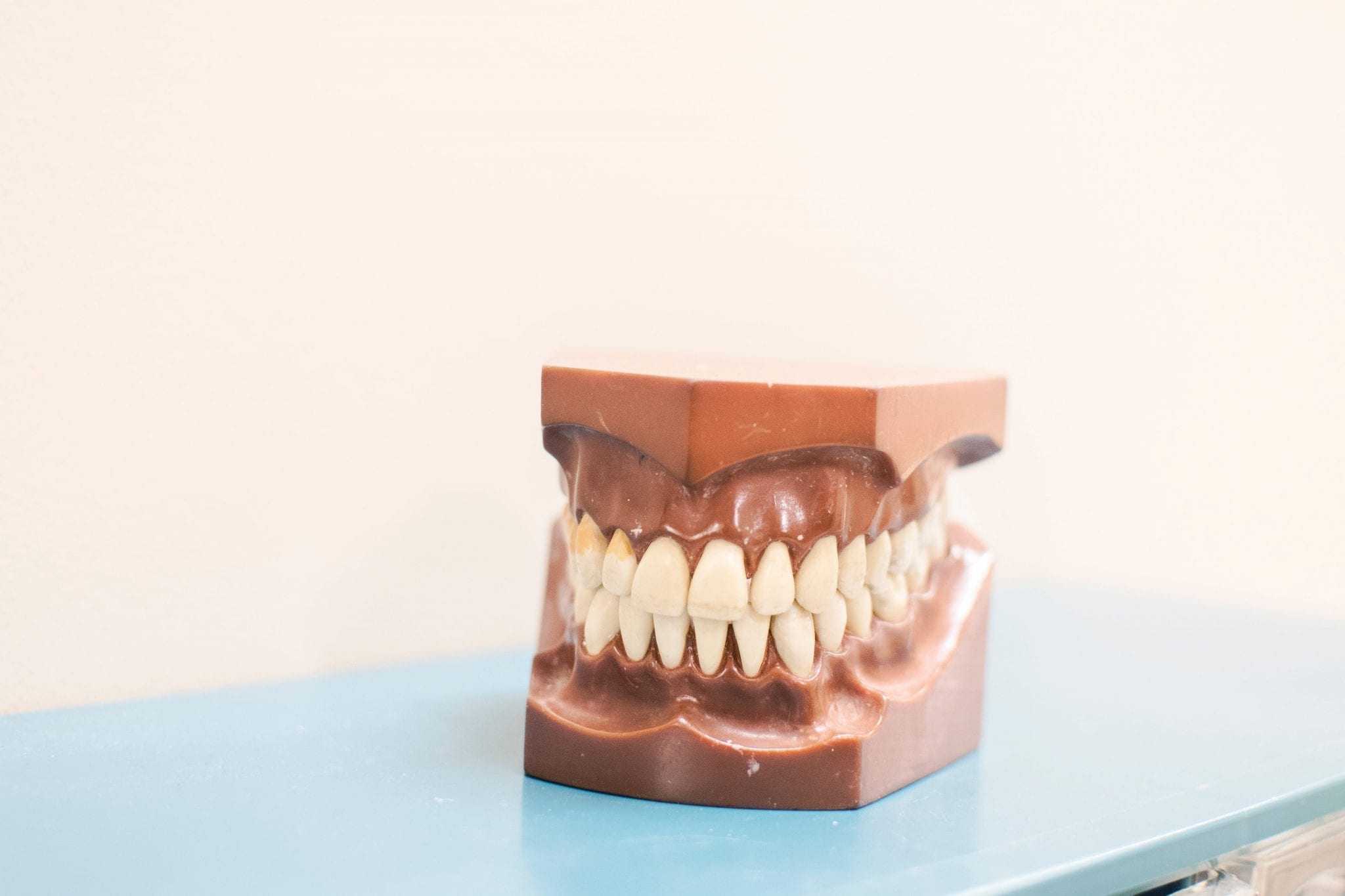Both dental implants and dental bridges are excellent solutions for replacing missing teeth, each with its own set of benefits and drawbacks.
When you’re missing one or more teeth, the gap doesn’t just impact your smile—it can affect your confidence, ability to chew, and overall oral health. Fortunately, modern dentistry offers effective solutions to restore your smile: dental implants and dental bridges. Choosing the right one for your needs can feel overwhelming. Understanding the differences and what each solution entails is crucial in making an informed decision. In this article, we’ll break down the pros, cons, and key considerations for dental implants and dental bridges to help you determine which option is best for you.
Making the Right Choice for Your Smile
Comparing dental implants and dental bridges helps individuals make informed decisions about restoring missing teeth by understanding the unique benefits and drawbacks of each option. This comparison ensures patients choose a solution that aligns with their oral health needs, budget, and long-term goals, ultimately improving their confidence, functionality, and overall dental wellness. Check out a more comprehensive implant and bridge comparison to learn more.
What Are Dental Implants?
Dental implants refer to titanium posts surgically inserted into the jawbone to serve as artificial tooth roots. Once healed, a crown is attached to the implant, creating a durable and natural-looking replacement tooth. Implants are known for their longevity, stability, and ability to preserve jawbone health.
Dental implants offer exceptional durability, a natural look and feel, and the ability to preserve jawbone health without impacting neighboring teeth. However, they come with a higher upfront cost, require surgery, and involve a longer healing and placement process.
What Are Dental Bridges?
Dental bridges fill gaps by anchoring an artificial tooth (or teeth) to the adjacent natural teeth or implants. Traditional bridges use crowns on the neighboring teeth for support, while cantilever or Maryland bridges may rely on different structures.
Dental bridges provide a quicker, non-surgical, and more affordable solution for replacing missing teeth, often completing the process in just a few weeks. However, they have a shorter lifespan, can weaken supporting teeth, and do not prevent bone loss in the jaw.
Key Factors to Consider When Choosing
Losing a tooth can be more than just a cosmetic concern—it can impact your ability to chew, speak, and maintain overall oral health. Thankfully, modern dentistry offers two reliable solutions to replace missing teeth: dental implants and dental bridges. Choosing between a dental implant and a dental bridge depends on several factors, including your oral health, budget, and personal preferences.

1. Oral Health and Jawbone Condition
Dental implants require a healthy jawbone to anchor the implant. If significant bone loss has occurred, you may need a bone graft before implantation. Bridges, on the other hand, don’t depend on bone health, making them suitable for patients with weaker jawbones.
2. Longevity and Maintenance
If you’re looking for a long-term solution, implants are the superior option due to their durability and ability to maintain jawbone structure. Bridges, while effective, have a shorter lifespan and require careful maintenance to avoid issues with the supporting teeth.
3. Budget Considerations
While implants are costlier upfront, their longevity can make them more economical over time. Bridges are less expensive initially but may incur replacement costs in the future.
4. Procedure and Recovery Time
Implants involve surgery, healing periods, and multiple visits, making them a time-intensive option. Bridges, on the other hand, offer a quicker, non-surgical alternative. In dental implants, patients can expect recovery within four days. Based on a study, the number of implants during the same appointment doesn’t affect post-treatment recovery.
5. Aesthetic and Functional Goals
Both implants and bridges provide aesthetically pleasing results, but implants tend to feel more natural and are easier to clean, as they don’t require special flossing techniques around adjacent teeth.
6. Your Dentist’s Recommendation
Consulting with your dentist is essential. They will assess your oral health, discuss your preferences, and guide you toward the best option based on your specific needs.
Ultimately, the choice between a dental implant and a dental bridge hinges on your unique circumstances and priorities. Discussing your options with your dentist will ensure you make a decision that aligns with your health, lifestyle, and aesthetic goals.
Final Thoughts
Both dental implants and dental bridges are excellent solutions for replacing missing teeth, each with its own set of benefits and drawbacks. If you value longevity and don’t mind a higher upfront cost or longer recovery, dental implants may be the best choice for you. On the other hand, if you’re looking for a quicker, more budget-friendly solution, a dental bridge could be ideal. Ultimately, the decision comes down to your oral health, financial considerations, and personal priorities. Consult your dentist to discuss your best options for a beautiful smile.


Join the conversation!